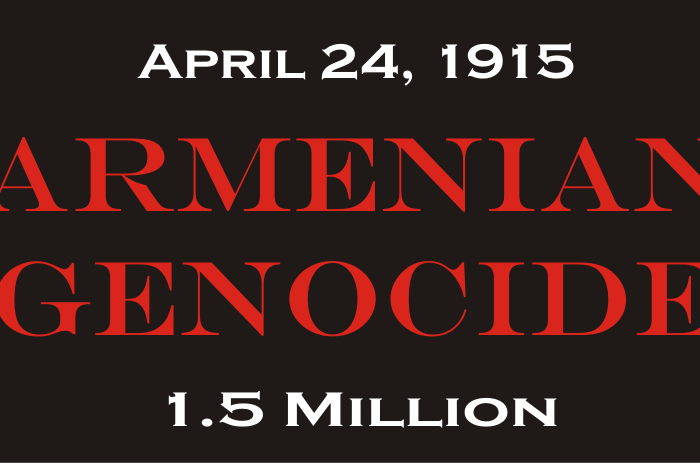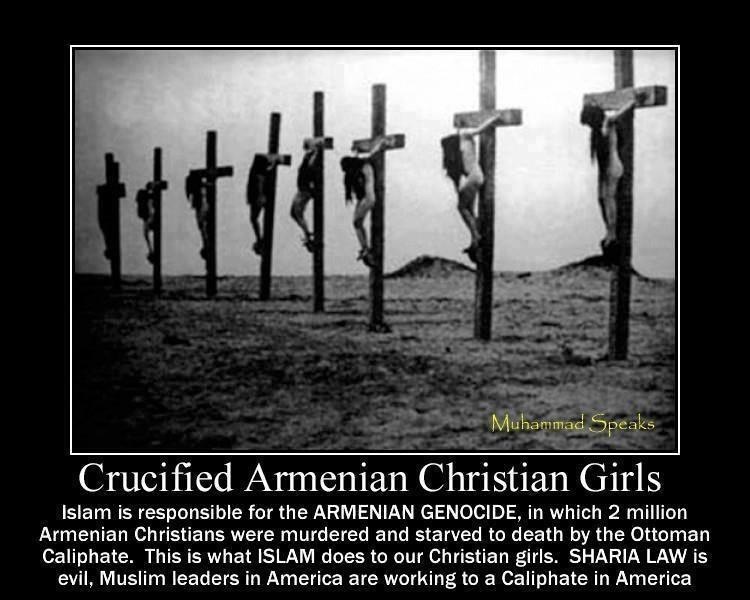Active and Engaged: Keeping Senior Citizens in Full Vigor
As we grow older, we might experience physical and mental conditions that may cause limitations in our activities. It becomes challenging to maintain physical and psychological strength because that is the nature of aging.
In this modern era, people tend to be less active because of all of the conveniences available to us. Social activity is also important in our older age, but most of the time we find that we just want to stay at home without realizing it. How can we remain active as we age?
As we love the older members of the society, we must always try to find out best possible ways to take care of them. But sometimes, we may not have the chance to help them ourselves. That’s why assisted living in Houston is one of the best ways to address this as they provide the services to take care of our aging loved ones.
The aim of this community is to provide support for the improvement of both physical and mental condition. a
In this post, we are going to look at some activities for the elder members of society that can help them to stay fit and active. Let’s begin!
Importance of physical activity to stay fit
We have the wrong assumption that physical exercise is just for young people. Having a fitness goal is important for aging people, too. Physical activity helps to in making sure that we live a healthy life.
When we get older, some physical problem can arise such as arthritis, fragile bones, stiff muscles, etc. Also, the coordination and balance may decrease. Fortunately, numerous physical exercises can help to prevent these problems.
Even light exercise can contribute to improving our health conditions. Let’s see how physical activity may help to fight aging problems.
Improve strength and liveliness
As we grow older, we become weak and less active. Strength exercises can improve our physical strength as well as liveliness. Strength exercises can prevent mobility problems.
Strength exercises are activities that make our muscles work harder than during normal conditions. It helps to make our muscles strong, and strong muscles support our bones and joints. It also aids in improving our stability and prevent joint problems to some extent.
Promotes Healing
Experts state that wounds take a longer time to heal, even small wounds when we become old. That might be a serious problem because as long as the wounds remain, the chances of infection can increase. But if we exercise properly, the healing power can be 25% faster than people who don’t exercise.
Prevents diseases
With age, many unwanted conditions come such as stroke, diabetes, stiff muscles, colon cancer, fragile bones, etc. Exercise can delay the onset of these diseases as well as prevent it. As per the National Institute of Aging, exercise can reduce overall hospitalization and death rates.
Improves the immune system
Physical activity is the most effective therapy to improve our immunity. It is also scientifically proven. Regular exercise promotes circulation and keeps our body and mind relaxed. There is no need to do hard exercises, you can take a walk for 35-40 minutes, or you can join a yoga class, and it will effectively boost your immunity.
Improves digestive health
The digestive system includes the stomach, entrails, and the intestines. It breaks down the food we eat into nutrients. Wrong diet and bad lifestyle are sometimes the causes of problems in the digestive system. It reduces the energy that we need to operate our body.
Anyone can face digestion problems at any age. But seniors face it the most. Exercise can help to improve our digestion system and allow our body to absorb nutrients efficiently. Physical activity improves blood flow throughout the body.
Improves lung function
Breathing exercise can improve the lung function. As per the National Institute of Health, controlled breathing is more beneficial for older people. When we grow older, we don’t take the time to breathe deeply, that can cause us to feel uncomfortable and prevents us in leading a healthy life. Exercises is great for our lungs as we get to breathe in deeply and take in more oxygen.
Importance of mental activity for older people
Like physical activity, mental activity is important for aging people. With age, some mental changes occur like loss of neurons, deposits accumulating within brain cells, slower messaging between neurons, etc. Our brain becomes smaller with time, but it still can function effectively just like that of a younger person’s. You can do following things for mental activity:
- Reading books, magazine and anything you love.
- Play games like cards, chess, scrabble, etc.
- Give more time for social activity.
- Join clubs that you are interested in.
- Do gardening to feel refreshed.
- Practice using memory by playing puzzle games.
- Join meditation classes.
- Try to keep yourself busy. Discover new hobbies.
- These are some task you can do to keep your brain working properly.
There are some benefits of mental activity during our older age. Here are some of them.
Improves cognitive skills
At an older age, we feel lonely, isolated, and bored because there is nothing much to do. Nothing can be better than reading books to prevent this scenario from happening. Books are great to pass our leisure time and acquire new knowledge. Reading helps us to improve our cognitive skills as well.
Improves memory
Senior people can play cards, chess, checkers, and many other games to improve mental clarity. It helps the seniors to make them more social, give them plenty of chances to meet new people to play with and helps in the interaction.
Increases creativity
Senior citizens can be assets instead of being a burden to the society if they use their experience and expertise in different creative works. The creativity of a person flourishes only when he or she is active mentally.
Eliminates anxiety
Anxiety in older age can be a dangerous thing. Many diseases can come out of stress because of anxiety. If we are active mentally, it will reduce our stress and will help us from being anxious.
Improves self-confidence
Being mentally active enhances self-confidence. We can use our leisure time in doing mental exercises. Knowing new things can make us feel that we are still actively learning and that we can keep up with the younger generation. Doing this will help us to have an increased sense of self-confidence.
Boosts brain power
Aging people have a lot of time to boost their brain power. Many activities can keep us mentally active. We can spend our time reading or even surfing the web and learning about new things. It is useful in many ways. It will allow us to spend our time more productively and so many things can be learned along the way.
Takeaway
Seniors can do so much with their time. Keeping them fit both mentally and physically, we can get the assurance that they will be living quality lives. We have so much to learn from them as well. If we can take the time to connect with them, they can teach us so much as they have the life experience and expertise as well. It’s our duty to keep them fit to build a better future together.







